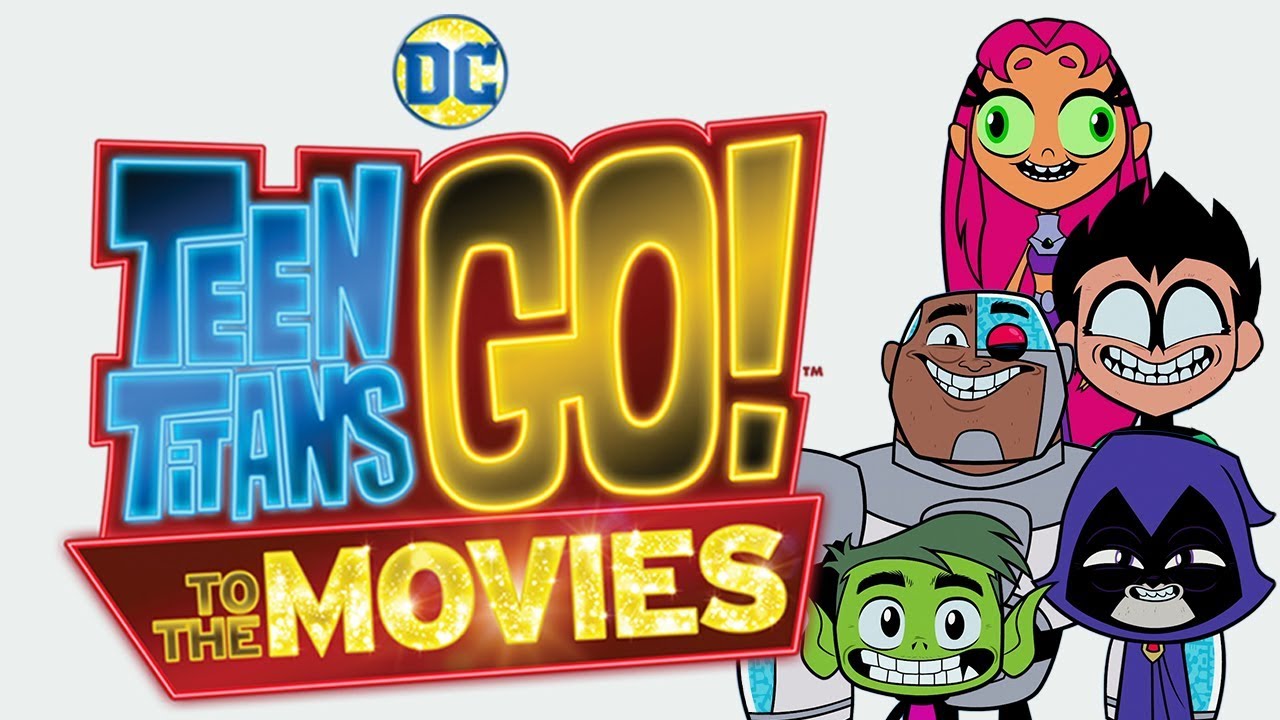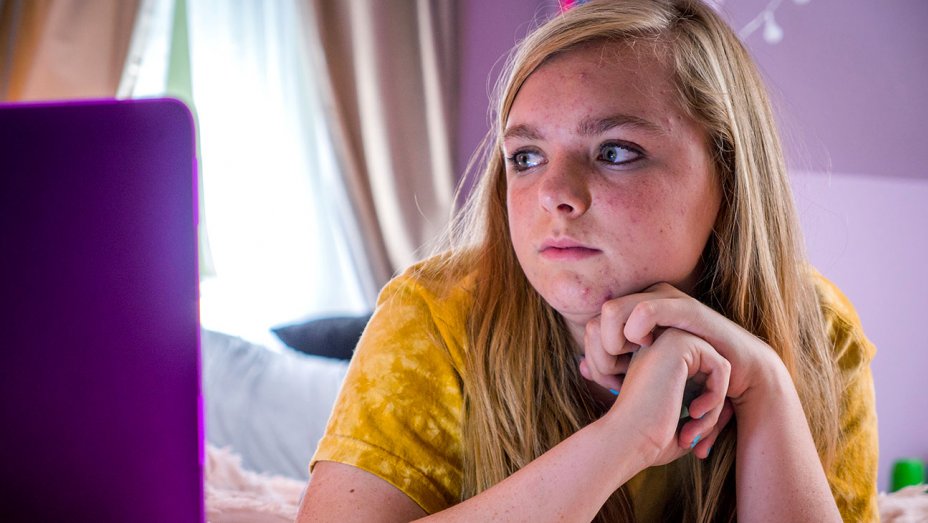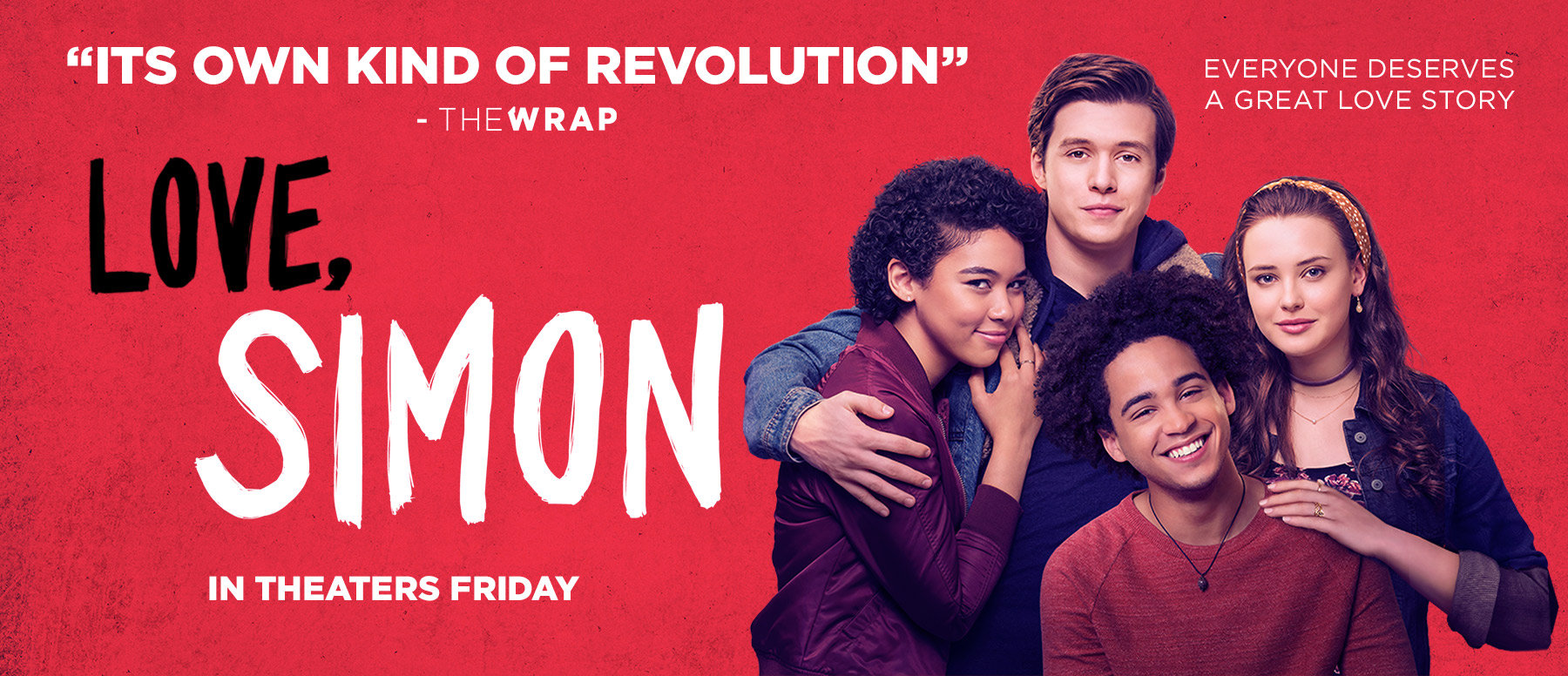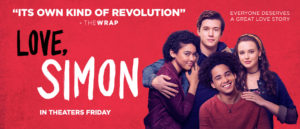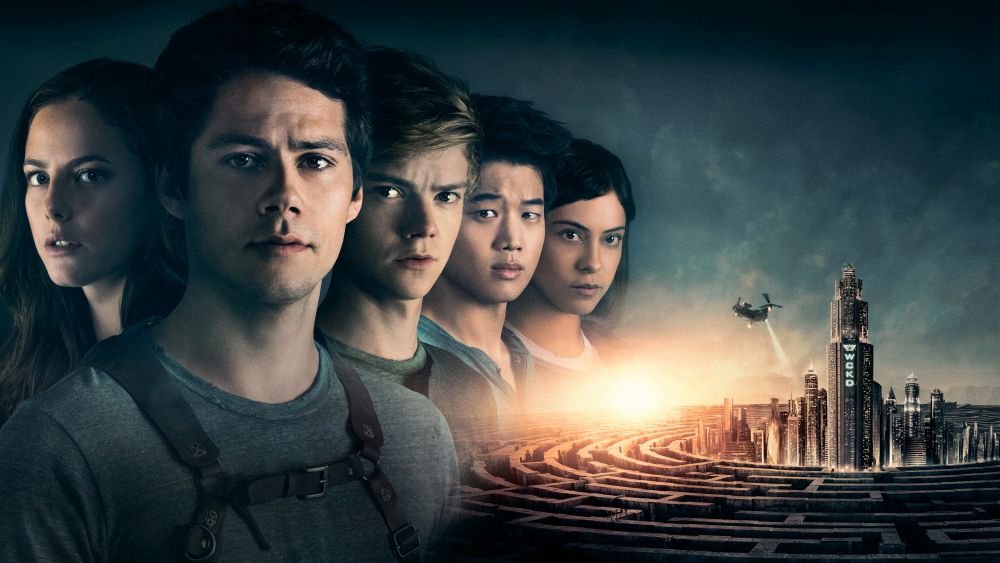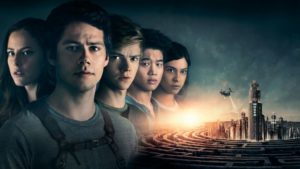Teen Titans Go! to the Movies
Posted on July 26, 2018 at 5:15 pm
B +| Lowest Recommended Age: | Kindergarten - 3rd Grade |
| MPAA Rating: | Rated PG for action and rude humor |
| Profanity: | Some schoolyard language |
| Alcohol/ Drugs: | None |
| Violence/ Scariness: | Action/comic book-style peril and violence |
| Diversity Issues: | None |
| Date Released to Theaters: | July 27, 2018 |
| Date Released to DVD: | October 29, 2018 |
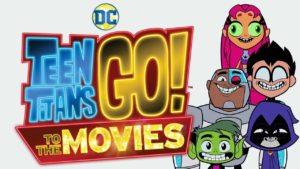
Not another superhero movie, you say? And how far down the list of comic book characters do we have to go? The Teen Titans are way ahead of you. Silly, surreal, super-snarky, self-aware to a fault and smashing the fourth wall into smithereens, the “Teen Titans Go! to the Movies” movie is a superhero movie about a third-tier superhero who only wants to fight the bad guy because that’s how he’ll get to be in a superhero movie. Got it?
It’s got plenty of inside humor for the fanboys who will know why it’s especially apt to have Nicolas Cage providing the voice for Superman, why it’s funny to have a Stan Lee cameo in a DC movie, who the Challengers of the Unknown are, and why the arch-villain Slade (producer Will Arnett) keeps being mistaken for Deadpool. And it has action, heartwarming friendships, and plenty of potty jokes for those who have no idea who the Teen Titans are, and, believe me, will not know much more about them when the movie is over.
The Teen Titans as they are currently portrayed are Robin (Batman’s sidekick, voiced by Scott Menville), Beast Boy (Greg Cipes), who can turn himself into any animal, alien princess Starfire (Hynden Walch), who signifies her other-worldliness by inserting “the” randomly in front of other words, the gothy Ravan (Tyra Strong), who can create portals from anywhere to anywhere, and Cyborg (Khary Payton), who can adapt his metal shell to create any machine. Insulted that they are not even invited to the premiere of the new Batman movie, Robin is even more horrified to see that upcoming sequels include movies about Batman’s butler, Alfred, and even one about his utility belt, but nothing about Robin. He appeals to the director, Jade Wilson (Kristen Bell), but she says she cannot make a movie about him unless he has an arch-nemesis.
Enter Slade, “an archenemy whose name is fun to say in a dramatic way.”
There are songs. There are action scenes. There are many, many jokes about the world of comics, from the ultra-obscure (stay all the way to the end) to the widely accessible (yes, there are a lot of superhero movies and Green Lantern is still embarrassed about his). It makes fun of itself and then it makes fun of itself for making fun of itself, and then it makes fun of us for watching so many superhero movies. It is unpretentious, the look harking back to low-budget Saturday morning cartoon shows. And that makes it refreshing and delightful.
NOTE: The movie is preceded by a very cute DC superhero girls short called “The Late Batsby,” with Batgirl racing to catch up with her super-friends to fight Mr. Freeze.
Parents should know that this film includes extended cartoon-style action/superhero peril and violence, explosions, chases, fire, some characters briefly injured, potty humor, and schoolyard language.
Family discussion: If you made a movie about one of your friends, what would you include? Why did Robin want a movie so badly?
If you like this, try: the Teen Titans television series, “Incredibles 2″ and “The LEGO Movie” and “LEGO Batman”

